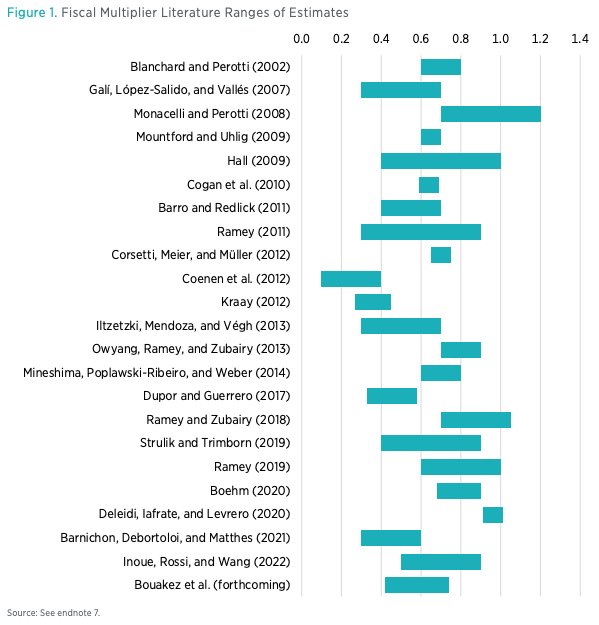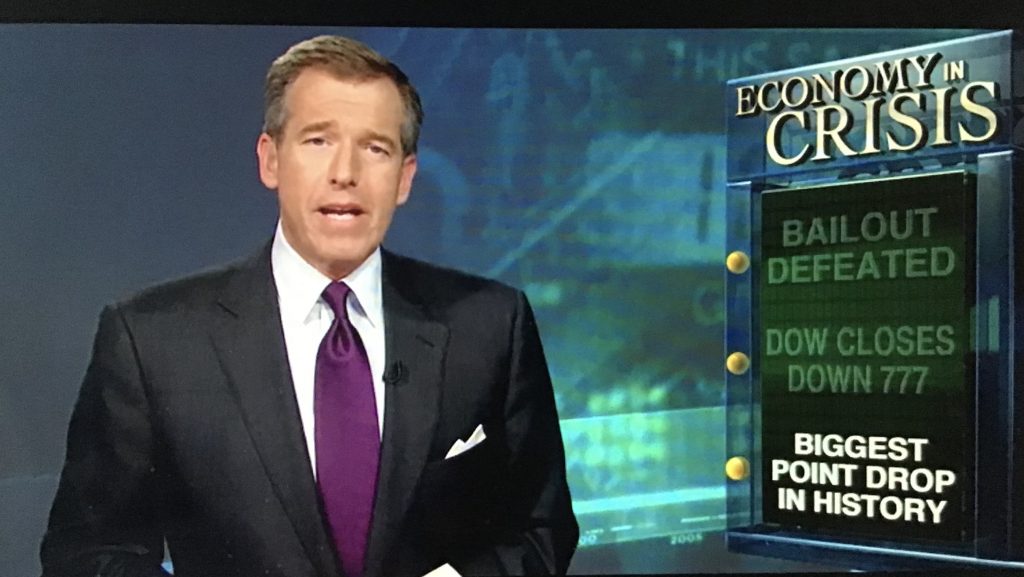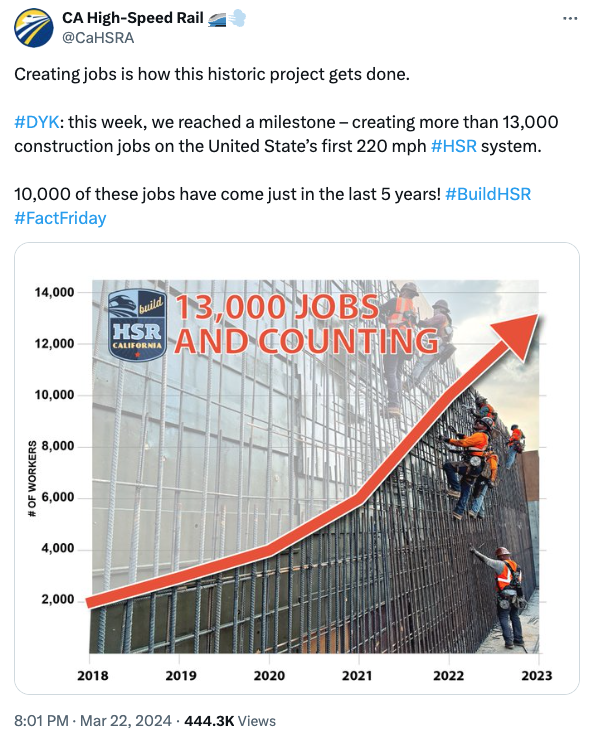Fiscal Policy
| Case: Yared, P., “The Obama Stimulus“, Columbia CaseWorks, January 3rd 2014
Case preparation: The Obama Stimulus, November 2021 |
Note: I usually skip this case and provide a case study instead.
| Lecture handout: Fiscal policy* |
Textbook Reading: Chapter 7 (Section 7.1; pp. 200-211) and Chapter 9 (Intro, Section 9.1, 9.2, 9.3, 9.4 and 9.5; pp. 287-325)
| Group activity: “Fiscal Multiplier Worksheet“, March 2018
UK Public Finances, December 2012 |
Keynesian approaches to aggregate demand management became popular because they were seen to have explained the problem of the Great Depression. My video on the Great Depression explores some of the history, and see here for more resources on the global financial crisis. The big debate between Keynesian and Hayekian economics was popularised by Russ Roberts and John Papola in the rap battles Fear the Boom and Bust and Fight of the Century. Enjoy!
The chart that I used to show estimates of the fiscal multiplier is out of date now, but I keep it in because it is relevant to the Obama stimulus case. For a good overview of more current literature see:
- de Rugy, V., and Salmon, J., “Declining Fiscal Multipliers and Inflationary Risks in the Shadow of Public Debt” Mercatus Center Policy Brief, August 2022

For some documentaries on the Obama stimulus, see:
- Video: Part 1: The First 100 Days of “Inside Obama’s White House” BBC2 (iPlayer)
- Video: Hank Paulson: What I Could Have Done Differently (US Netflix)
Narrated by Matt Damon, the 2010 Documentary ‘Inside Job’ (see here for a trailer) stated that “In September 2008 the bankruptcy of the US investment bank Lehman Brothers and the collapse of the world’s largest insurance company, AIG, triggered a global financial crisis.” But the graphic used to accompany the subsequent stock market crash has “bailout defeated” as first main bullet point! As my lecture argues, it may well be the policy uncertainty that accompanied the attempt to intervene in the markets that prompted the disarray and confusion, and not the bankruptcies themselves.
I know that I wouldn’t make a good Jason Bourne, so maybe Matt Damon should leave teaching economics to me…

A practical example of the empirical claims of the signal extraction problem are mentioned in this letter sent to Sequoia founders and CEOs: “In downturns, revenue and cash levels always fall faster than expenses”.
Here’s an example of the state of California’s High Speed rail being more proud of job creation than railway construction (the replies are pretty funny):
Here’s the official website of the Williamson Tunnels and for more on Chinese “ghost towns” you can watch China’s Empty City, read this short World Bank blog post on the Rise of the Chinese Ghost Town, and see footage of controlled demolitions of superfluous and wasteful construction. The photo of manual labourers in North Korea scrubbing the road comes from this article, and my grad school buddy Curtis Melvin created North Korea Economy Watch.

Despite what I say in the lecture… not all dog rescues are disasters…. (see here and here).
The content on policymakers feeling pressurized to “do something” is an element of crisis management more generally. Mirowski (2013) argued that during the global financial crisis “being seen to act… had preempted the equally necessary stage of reflection and reform” (p.5) and I would argue that this is a common feature of crisis management beyond just discretionary fiscal policy. An interesting example of the types of trade off that policymakers face is BBC Radio 4’s ‘Discussion Time: Coronavirus‘. Even though it relates to an epidemiology situation, it is relevant for any PR situation. Policymakers face a balance between maintaining public confidence, being seen to be providing a quick and clear response, without inciting a general panic. This relies on having good frameworks and tools that relate to the specific situation (the Radio 4 panel explain how important expert forecasts of the spread of foot and mouth disease were, in a recession economic impact studies play a critical role); but also an ability to manage public expectations. The goal of successful crisis management is to balance these things without introducing new uncertainties.
In the lecture I briefly mention the relevance of a specific Reinhart-Rogoff paper for the austerity debate. Fore more on that see here:
- The Reinhart-Rogoff error – or how not to Excel at economics, The Conversation, April 22nd 2013
Recommended listening:
Some podcast episodes that I particularly recommend:
- Audio: “Donald Kohn on Fed policy from the 1970s to today” Macro Musings (from 33:00 – 43:08)
- Audio: “Robert Hall on Recession, Stagnation, and Monetary Policy” Econ Talk (from 0:00-7:19)
- Explain what Hall means by “automatic stabilisers”
- What does Hall claim is the main reason for the discretionary fiscal policy of 2009 to have had a weak impact? States spent the money
- Does Hall believe that the US economy had a fiscal stimulus in 2009? No – he claims that since the government as a whole didn’t increase spending it wasn’t a stimulus.
- Audio: “Robert Hall on Recession, Stagnation, and Monetary Policy” Econ Talk (from 49:51-56:23)
- What’s the conventional definition of a recession?
- How does the NBER officially define recessions?
| Learning Objectives: Assess the efficacy of fiscal stimulus and aggregate demand management. Perform back of the envelope calculations to estimate the fiscal multiplier for a range of different countries.
Focus on diversity: Christina Romer was the Chair of Obama’s Council of Economic Advisors during the stimulus. You can learn more about her here. |